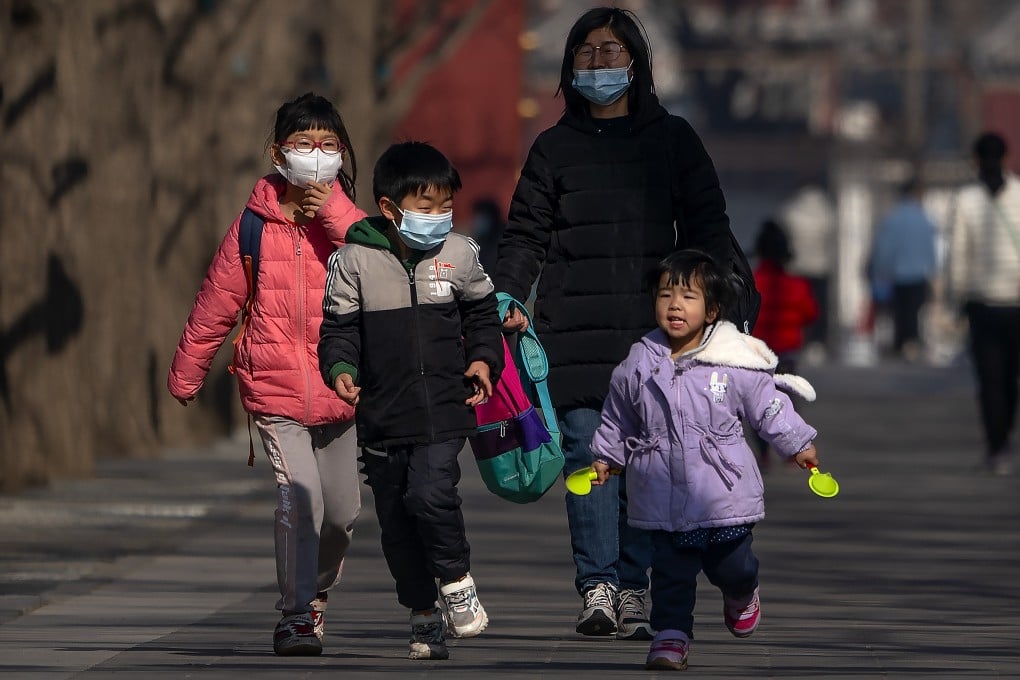China population: census confirms increase to 1.412 billion in 2020, but births fall again
- Mainland China’s overall population continued to grow last year, up from 1.4 billion a year earlier
- Chinese mothers gave birth to 12 million babies last year, down from 14.65 million in 2019, marking an 18 per cent decline year on year

This story has been made freely available to our readers. Please consider supporting SCMP’s journalism by subscribing.
Mainland China’s population grew last year, results of the once-in-a-decade census released on Tuesday showed, although the number of new births fell for the fourth consecutive year in 2020.
The census data also show some structural contradictions facing the country’s population development, such as the decline in the size of the working-age population and women of childbearing age
China’s fertility rate was 1.3 children per woman, which is below the replacement level of 2.1 – the rate needed for a stable population – and close to that of Japan. The NBS added that the average number of children that a Chinese woman was willing to have last year was 1.8.
“The census data also show some structural contradictions facing the country’s population development, such as the decline in the size of the working-age population and women of childbearing age, the deepening of the ageing degree, the decline in the total fertility rate, and the downturn in the number of births,” said NBS commissioner Ning Jizhe.